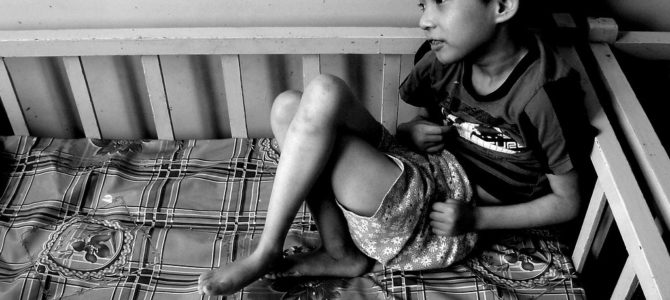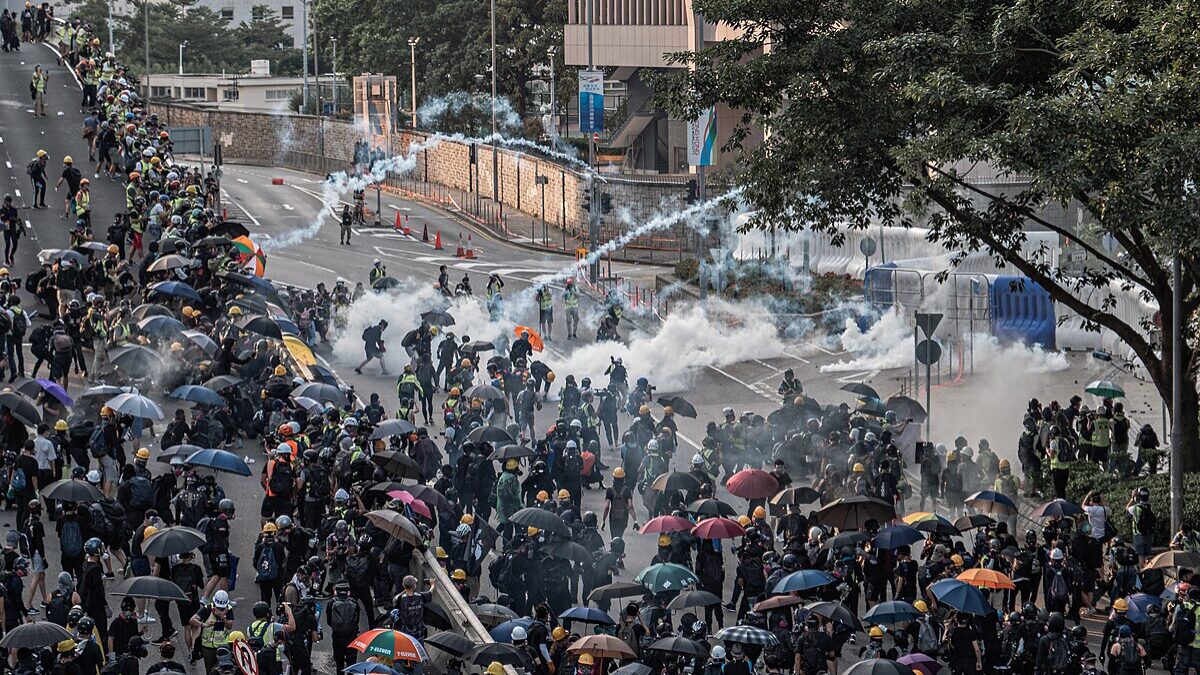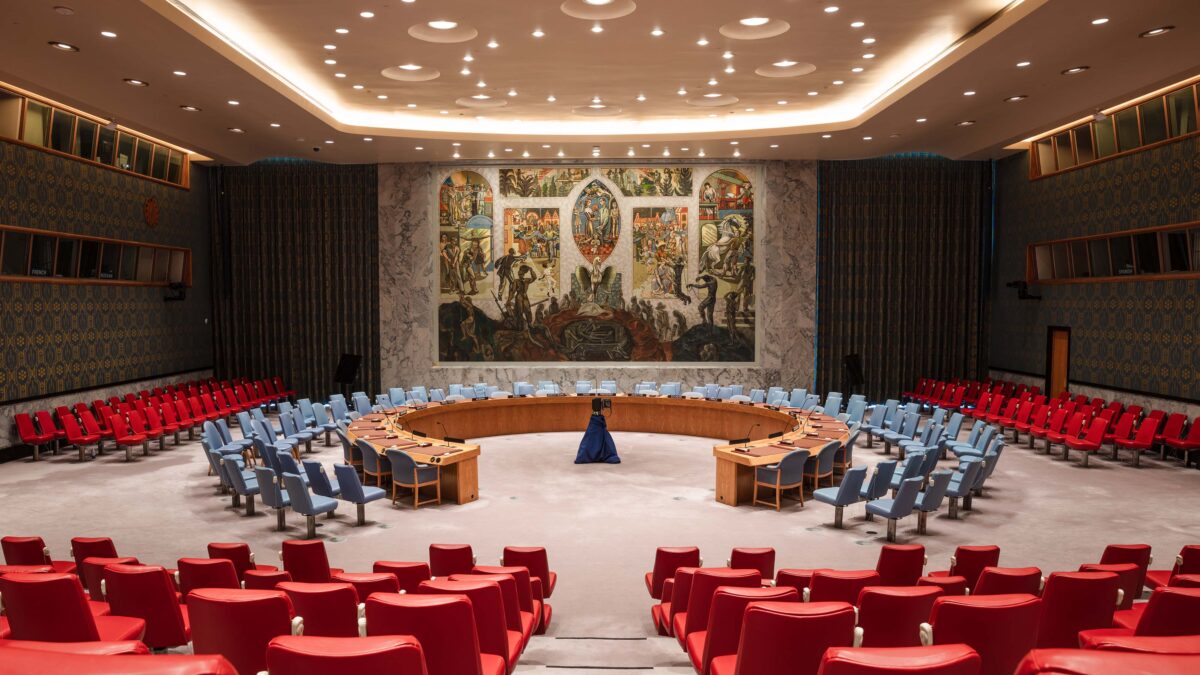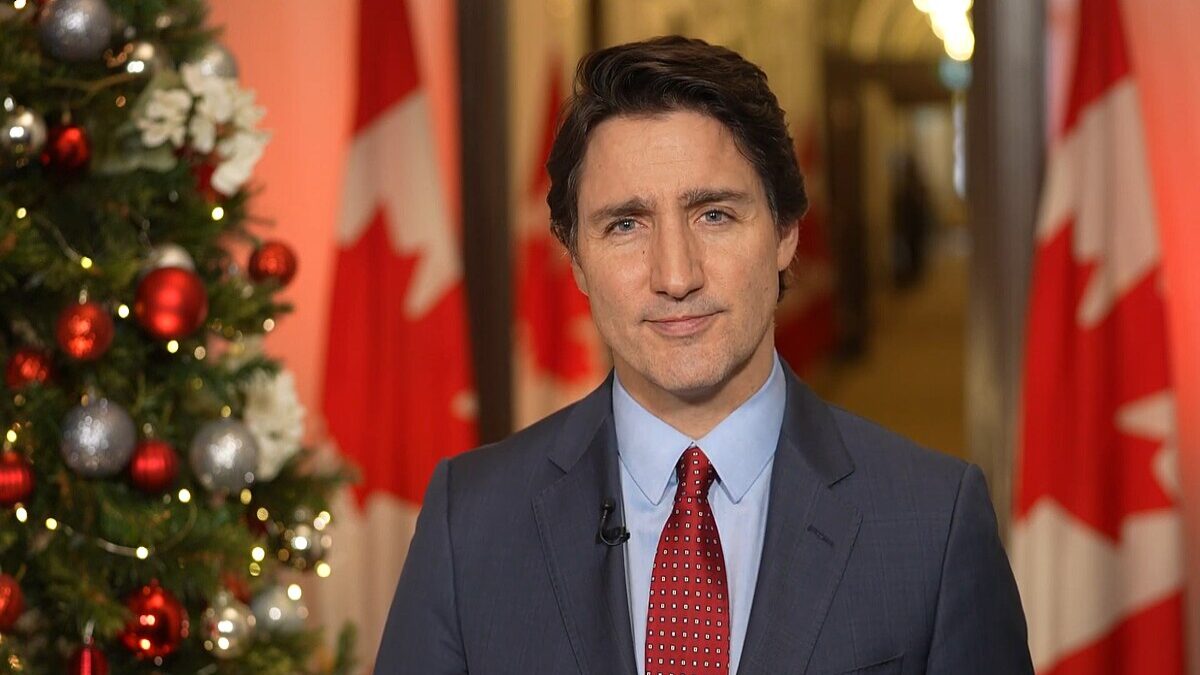
Students of history right up to present-day Venezuela know that economic central planning inevitably results in poverty and misery. A harrowing new documentary on China’s one-child policy shows that this rule holds true for familial central planning as well—but in the case of parents and their children, the devastation extends far beyond the material to the moral and spiritual realm. “One Child Nation,” a Sundance-winning film coming to select theaters this summer, asks us to stare this man-caused disaster in the face before the ruling Chinese Communist Party (CCP) whitewashes it away.
The film is the work of two Chinese filmmakers, Nanfu Wang and Jialing Zhang, who were born in the 1980s near the dawn of the policy. “One Child Nation” is a story of life and loss, brainwashing and corruption, and man’s capacity to engage in unimaginable cruelty at the point of a government gun. It is a story in which human traffickers represent some of the only protagonists, saving the lives of babies otherwise left for dead in marketplaces and on roadsides, lest their parents face the wrath of the authorities.
The putative rationale for the policy, according to news accounts featured in the documentary, is the belief among the ruling CCP that China could not sustain rapid population growth, or people would starve to death. With some exceptions for sparsely populated areas, the CCP threatened families having more than one child with expropriation, property destruction and, where necessary, forced sterilization, abortions, and even the outright murder of newborns.
Authorities and family planning officials recount dragging pregnant women from their homes, kicking and screaming, to force upon them the procedures to end their babies’ lives. All told, the Chinese government claims the policy “averted” the births of up to 400 million people. This dystopic social engineering is hailed as a success.
The impetus to study the one-child policy came to Wang after the birth of her first child. Realizing her ignorance of the critical social policy during the era in which she was raised, Wang, who received her film education in the United States, returned to her native China and the rural village where she grew up. There, she interviews family members, authorities who had been responsible for enforcing the one-child policy, and one of the “family planning officials” responsible for implementing the orders. These characters paint a soul-crushing picture.
Public Support for Utterly Inhumane Policies
Wang’s widowed mother, to her daughter’s surprise, to this day wholeheartedly supports the policy, even though extended family members admit, with evident grief, that they left babies for dead or at very best to end up orphans. A longtime town official acknowledges the policy was difficult, both to enforce and in its cruelty. But he stresses that he is not critical of it, for he does not wish to cause trouble.
One family planning official is even less sanguine. She estimates she engaged in a staggering 50,000 to 60,000 forced sterilizations or abortions. She laments that she was effectively a mass murderer. To atone for her sins, she tells us that she now only works with the infertile. While this family planning official seeks penance, her remorseful view is the exception rather than the rule.
The argument one hears over and over throughout the film is: “We were just following orders. We could not refuse the Party. The Party was and is always right.” To the extent interviewees exhibit any emotion, their sentiments generally range from apathetic to at best grudgingly accepting of what transpired, with hints of lamentation.
Of course, left largely unstated is that few could have criticized the policy even if they wanted. For to speak freely could put their lives and their families in jeopardy, given the omniscience of the CCP, erector of the world’s largest intelligence dictatorship.
Finding the Truth About Orphans
The documentary, however, is not without its heroes. We are told the story of an American couple, adoptees of several children of Chinese descent, who discover the Chinese government had ripped thousands of children from their homes and sold them via adoption to Westerners. “Orphans” might not actually have been orphans. They undertake an effort to build a database to try and connect children with their biological parents.
Relatedly, we meet Hong Kong-based Pang Jiaoming, author of “The Orphans of Shao,” whose investigative journalism exposed the infant abduction and trafficking system the Chinese government directed. This process adds an element of political and financial corruption to the moral corruption of the one-child policy. The introduction to the book tells the story:
The farmers in many [often poor and remote] villages are forced to [pay] fines that they cannot afford … so the officials take their children away. The officials then sell the children for a low price to government orphanages. The orphanages then put these children up for international adoptions and collect the high … fees for these adoptions. The international adoptions are usually in Europe and in the United States. These families that adopted these children truly believe that the children are orphans. After their children were kidnapped by the officials, the parents embarked on a long and draining odyssey to recover them. After searching fruitlessly for many years, the heartbroken and desperate parents were on the verge of losing all hope. At that time an investigative reporter discovered new leads for them. The reporter published an exclusive report exposing the kidnapping of their children by the Family Planning officials … Mr. Pang has suffered many murderous threats due to his work on this book.
Heartbreakingly, as “One Child Nation” illustrates, and the film’s directors confirmed in a question and answer session following the first screening of the documentary at the Tribeca Film Festival, many of the children are unable to bring themselves to connect with, let alone embrace, their biological parents.
Human traffickers—several of whom were ultimately arrested and imprisoned for years—developed a network that protected babies left for dead. The documentary includes interviews with some of the traffickers, who were responsible for saving thousands of lives by coming to the aid of abandoned babies and sending them to orphanages to be adopted, largely by Westerners.
Perhaps most gripping are the scenes featuring courageous dissident Chinese artist Wang Peng. He has rebelled against what he describes as the collectivism of the Chinese regime, including by exposing viewers to indescribable and ghastly images of fetuses and perished babies he witnessed across China—visages he felt had to be captured, including through preserving the bodies in jars. This footage is particularly haunting, but what is more haunting is that such an inhumane policy could exist.
The Inhumane Logical Conclusion of Collectivism
Although not the focus of the documentary, it bears noting that the Malthusian rationale for the one-child policy was based in zero-sum thinking that would have only made sense to communism-addled minds. Had China not engaged in ruinous collectivism in decades prior, of course, the prospect of mass starvation would have been foreign to the Chinese people.
To the extent China liberalized as rapidly as possible, its growing economic clout would have surely guaranteed sufficient food supply for a booming population. Instead, China ended hundreds of millions of lives from 1979 to 2015 in service of an unthinkable policy, only to be replaced by today’s slightly less unthinkable “two-child policy.”
Why was the one-child policy replaced by the two-child policy? The consequence of the original edict was that there were not enough young people to take care of the elderly, and a severe sex imbalance given the favoritism of Chinese culture towards boys, which led many families to leave their daughters for adoption or death.
So, as current propaganda tells it, while one child may not be ideal, two is just right. Indeed, as “One Child Nation” illustrates with original footage, throughout Chinese rural areas signage originally advocating for the one-child policy is now being whitewashed, replaced with two-child propaganda. The state also sponsors art in favor of such policies, including performances in villages, and similar state art and television programming.
The idea that a central planner could know the proper number of children each family should have, or believe he or she has the right to dictate it, is never questioned. Nor is the fact that for central planners, intervention always creates problems requiring more intervention. The ruinous five-year plans of the Communist regimes of yesteryear are a testament to it.
The failures of central planning aside, the filmmakers, in risking their lives to ensure that this policy and its legacy were captured in a moving and well-conceived documentary, have done a great service. They have shown in an unvarnished fashion the true nature of the CCP. They have shown us totalitarianism in its rawest form, in its effort to control the most sacred of all bonds—that of the family.
While the filmmakers do not make this point, one of the more demoralizing realizations one has in watching “One Child Nation” is that we in the West were and are complicit. While Western adoptions of purported Chinese “orphans” surely saved and led to better lives for many children, it also helped prop up a corrupt regime. To put a finer point on it, as illustrated by the story of the “orphans of Shao,” and corroborative reporting, adoptive parents willing to pay thousands of dollars to Chinese adoption agencies per child created incentives for Chinese officials to take horrifyingly perverse actions.
These appear to include abductions of children, sold by authorities to adoption agencies in exchange for a cut of the ultimate sale of the children to Westerners. In effect, the state engaged in and profited from human trafficking. More broadly, by granting China access to the world economic architecture America built, we have effectively underwritten (and therefore aided) the CCP in all of its malign, liberty-squelching activities—both at home and abroad.
The CCP Can’t Have This Kind of Dissent
The CCP is, of course, aware that these thoughts might dawn on viewers. According to the film’s producers, the Chinese version of the Internet Movie Database (IMDb) is censoring “One Child Nation.” The title exists, but the page associated with the movie has been taken down.
The producers have suggested that the more attention the film gets outside of China, the more aggressive action the government will take against them. Wang says that when her previous documentary was shortlisted for an Academy Award, Chinese officials reached out to her family, warning them to tell Wang not to criticize China.
As America grapples with an increasingly hostile Chinese regime, it is essential that we understand its nature. We must understand that it engages in such cruelty, and deems the exposure of such cruelty to threaten its ambitions. If this is how the Chinese government treats its own people, should the rest of the world ultimately expect to receive superior treatment?
“One Child Nation” should also remind Americans that we must cherish our freedom—freedom that is not the rule, but the exception, in most times and places in history—and do all that we can to defend it. Lastly, the film leaves us with a reality as true in China as in the West: that in the face of tyranny, to speak the truth is sometimes the most courageous and revolutionary of all acts.









